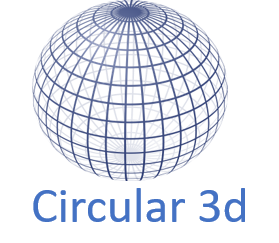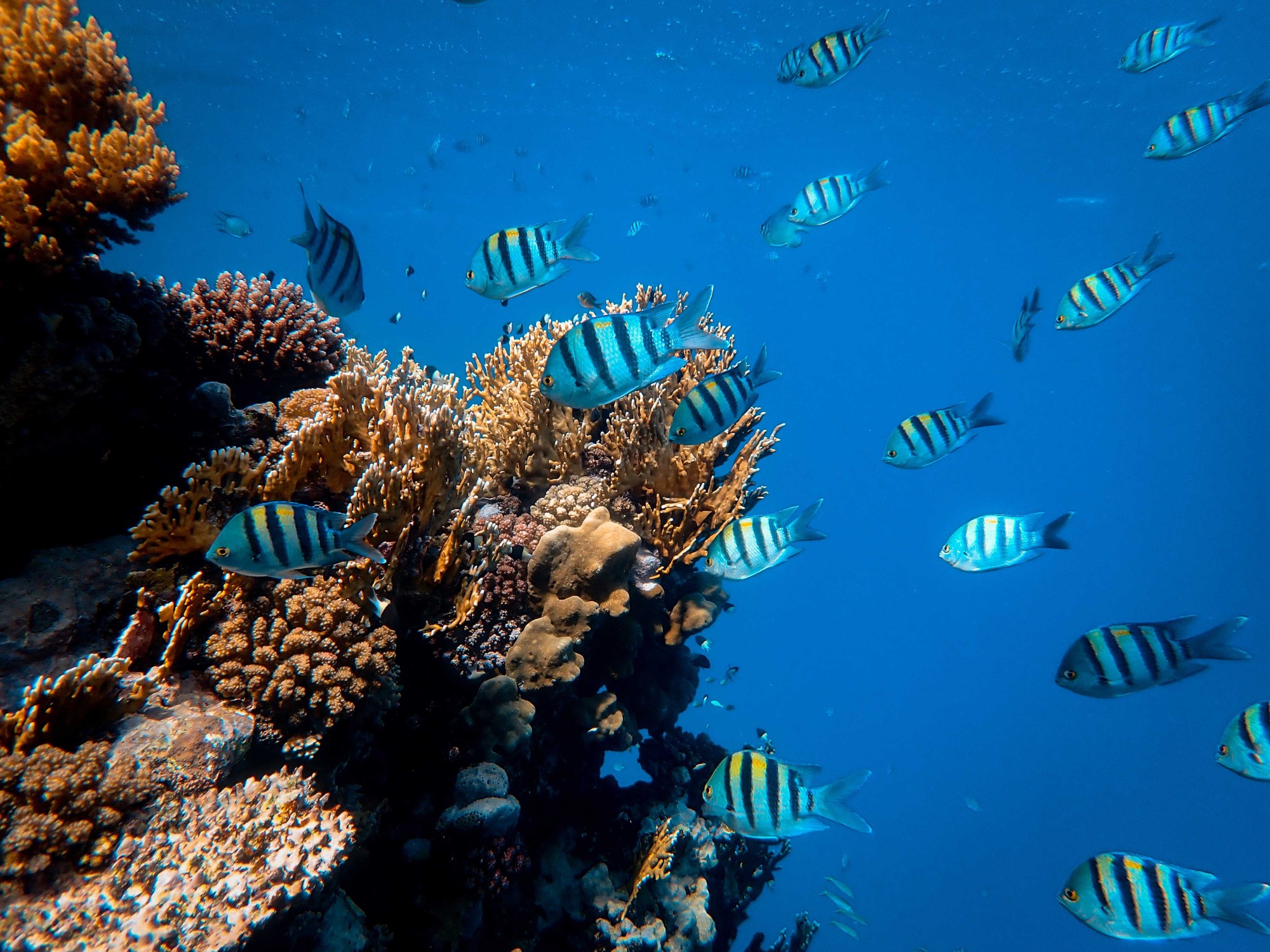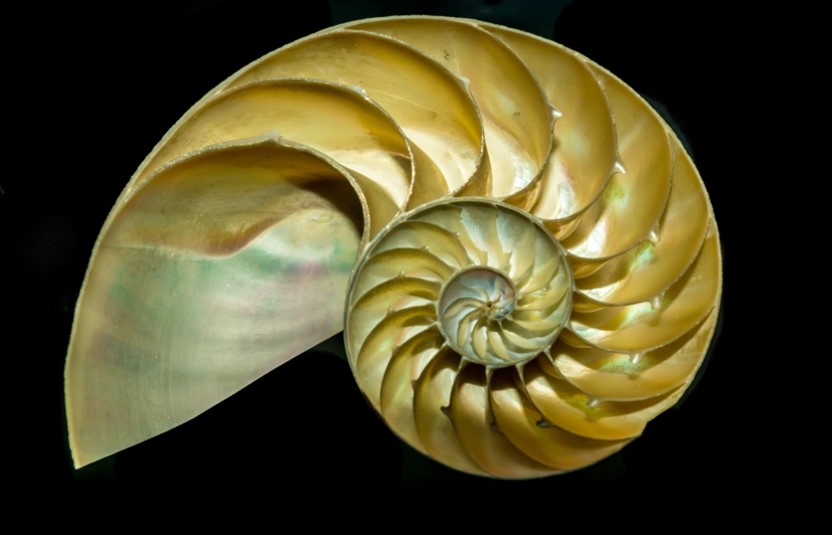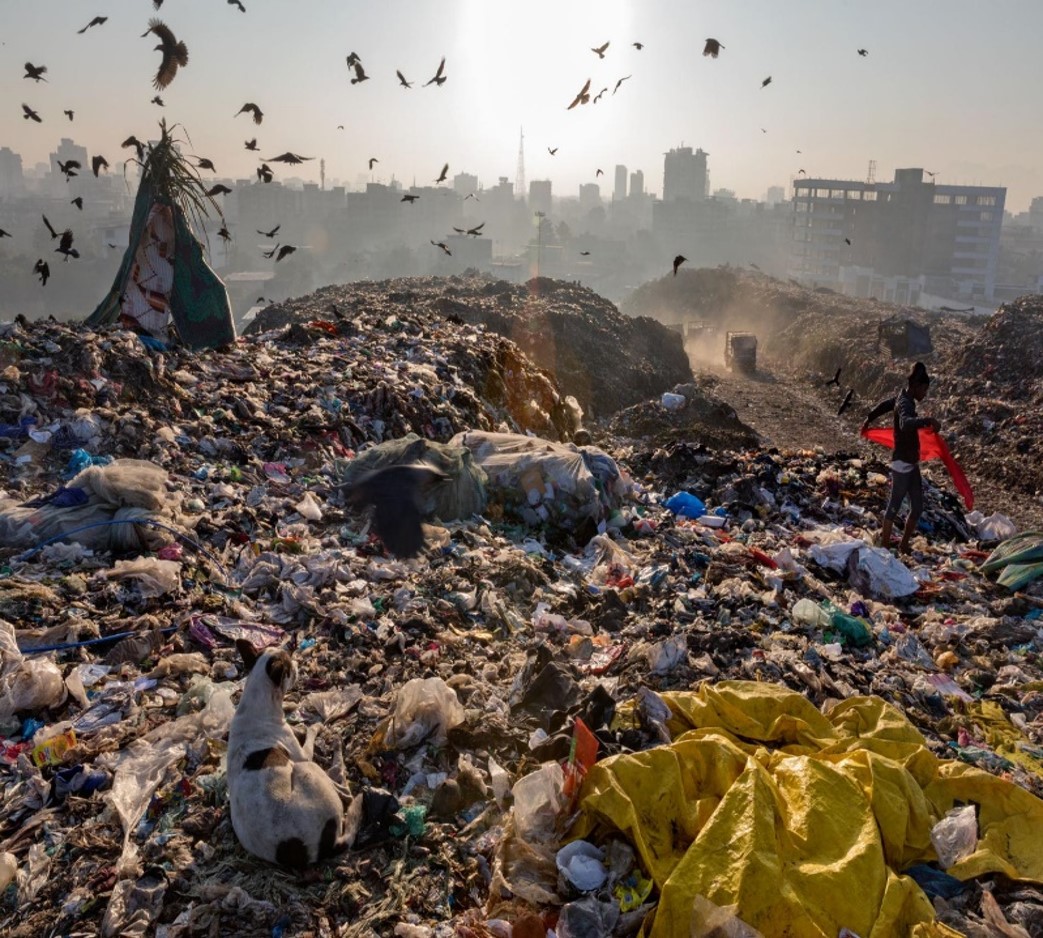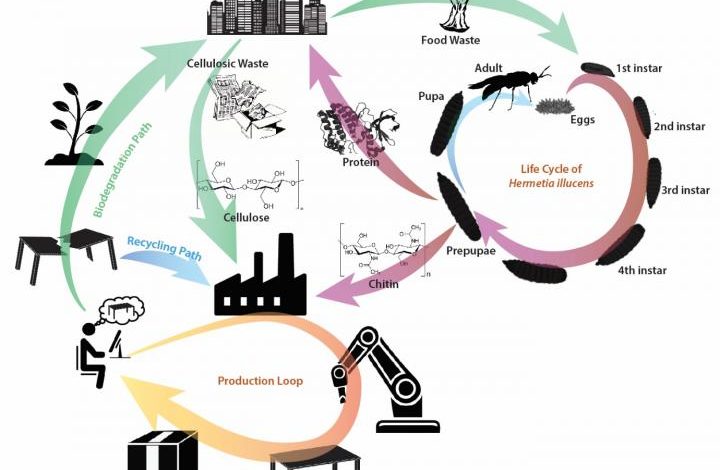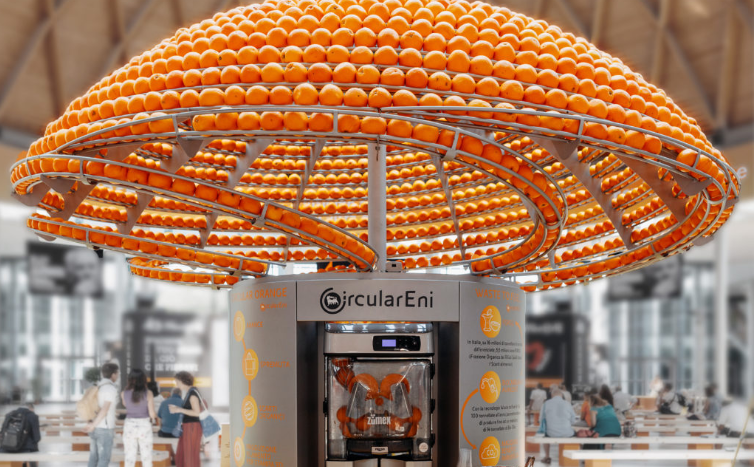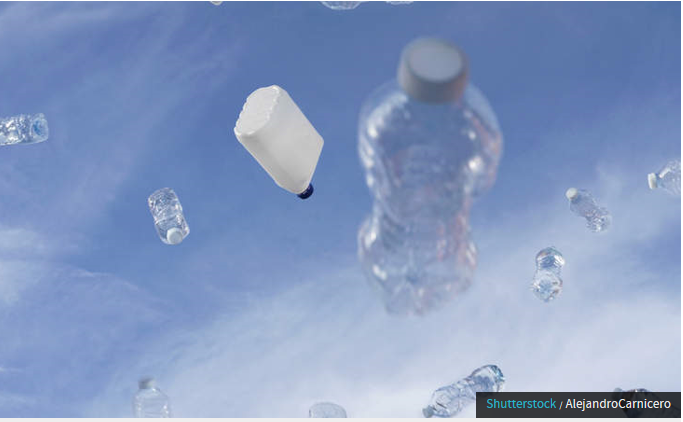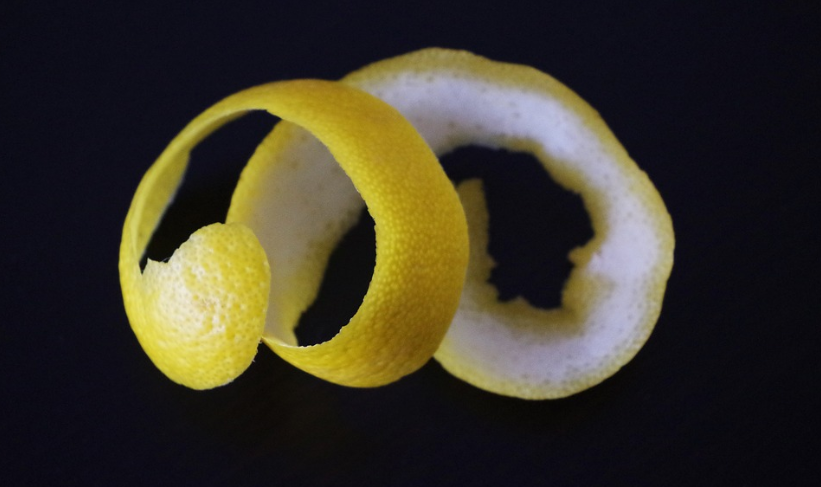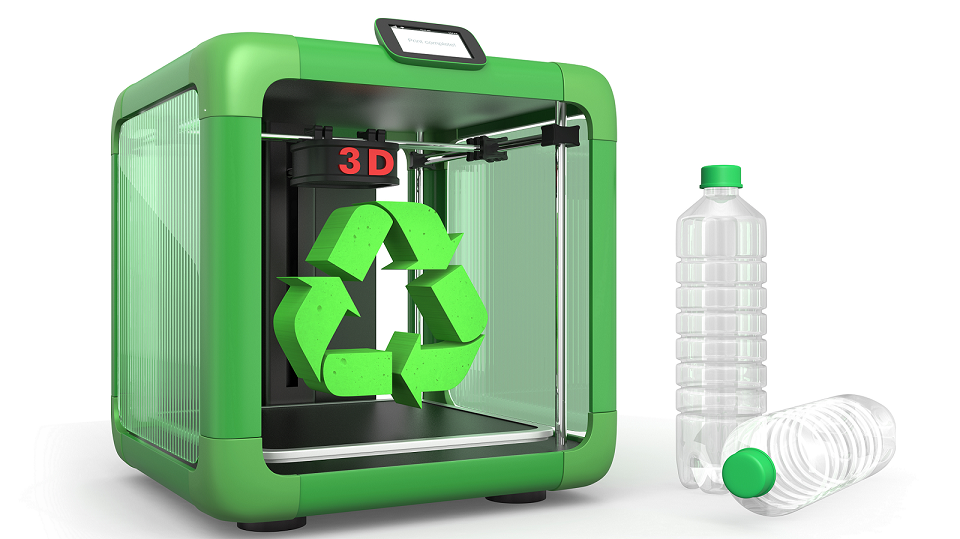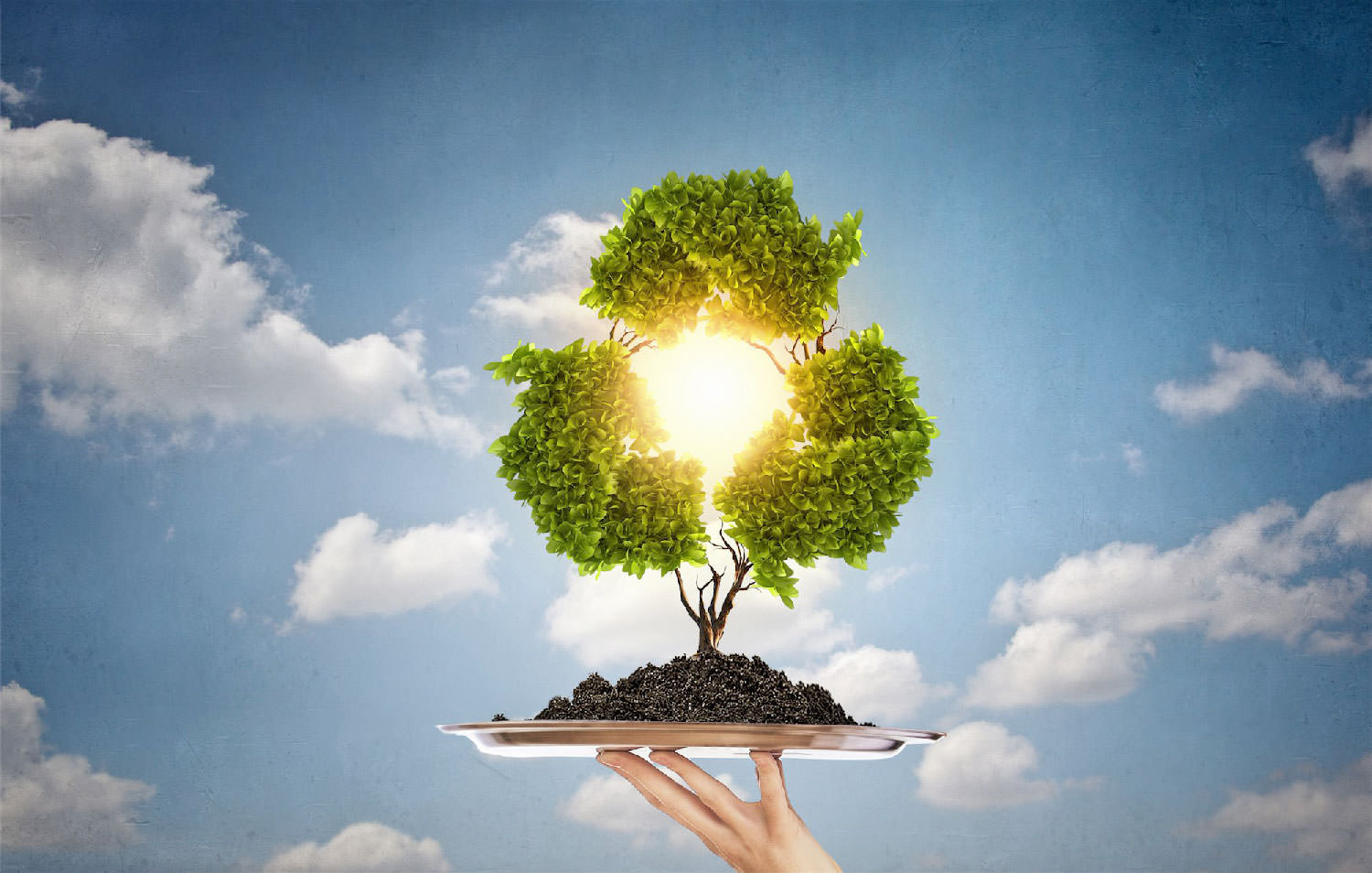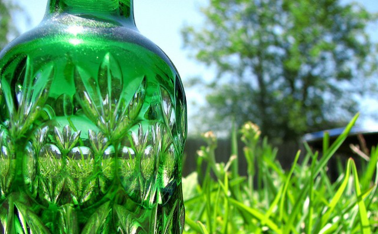Researchers design bionic 3D printed corals that could help energy production and coral reefs (ForgePress)
Although corals may look like plants, they are actually animal structures that host dense populations of algae on their surfaces. Corals provide a host for tiny photosynthetic algae. This intricate symbiotic relationship between coral and algae is responsible for maintaining the high diversity of coral reef ecosystems. Whilst coral reefs cover only one per cent of…
